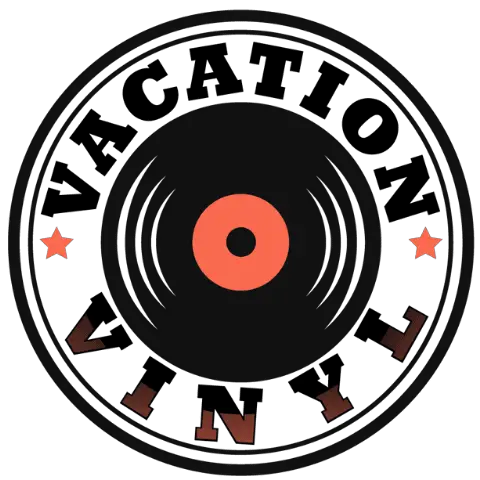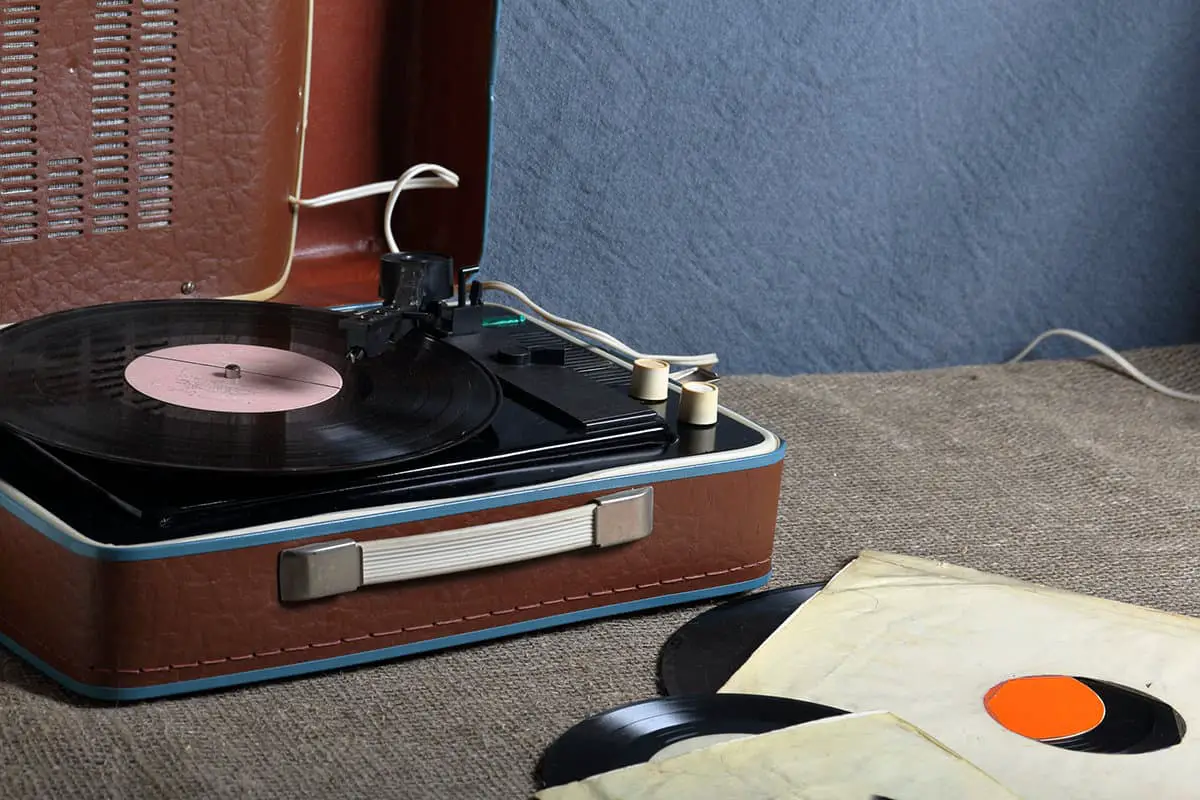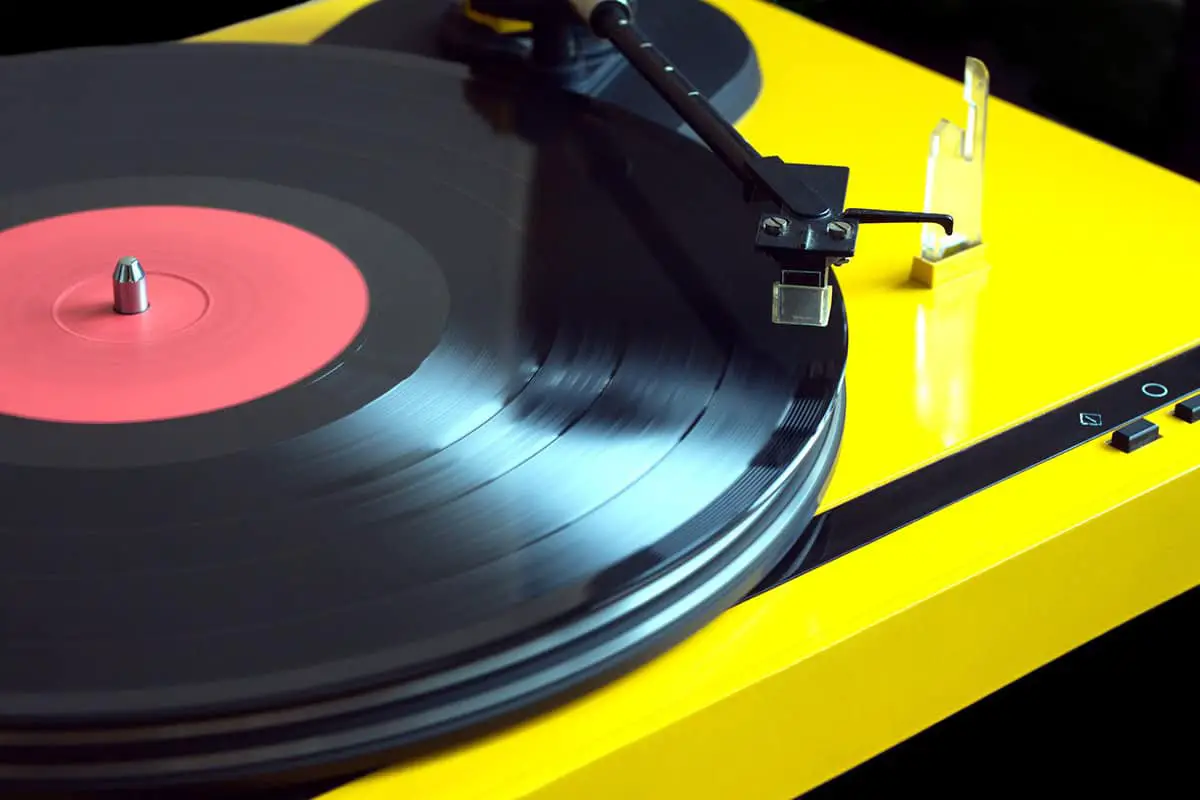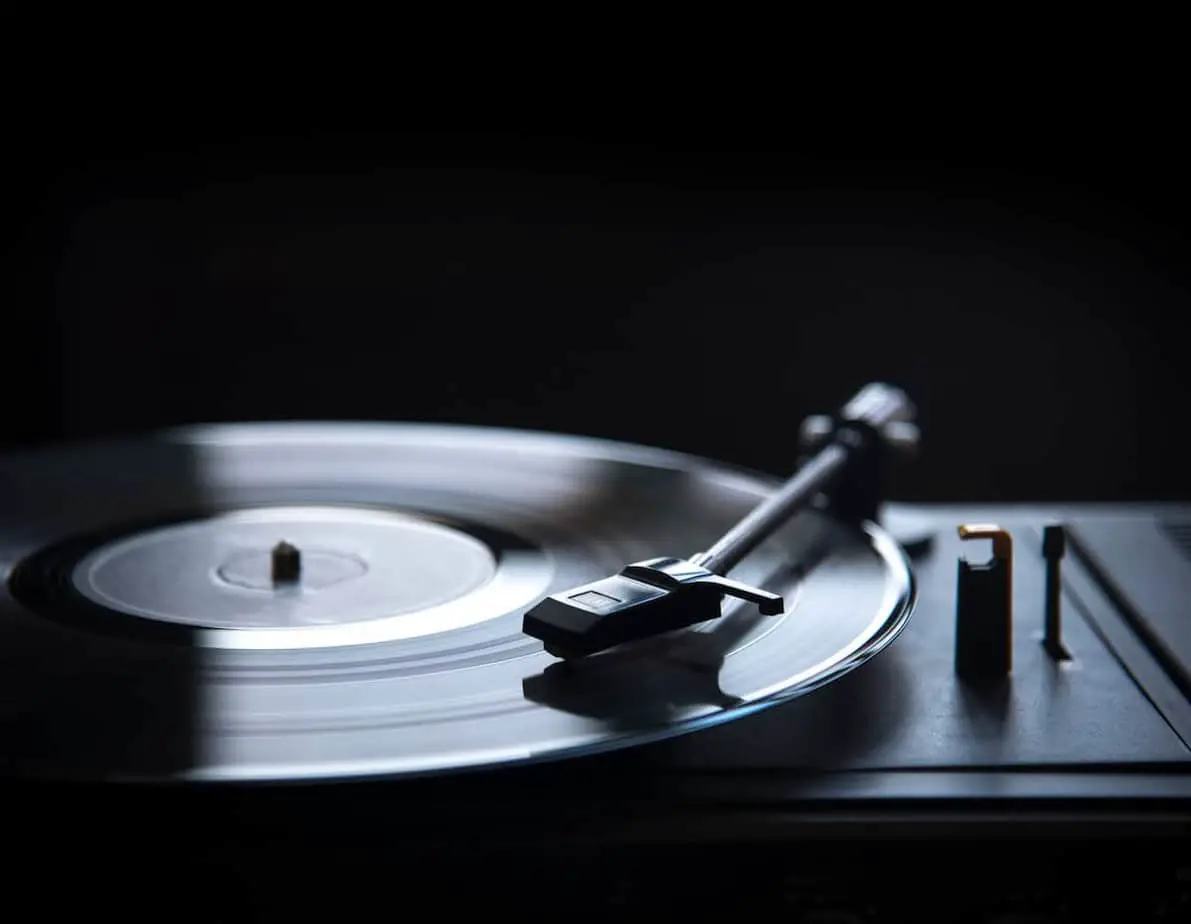This post contains affiliate links.

Collecting vintage vinyl is something that many an audiophile enjoy. However, if you’re new to the world of ancient vinyl, you’ll likely ask, ‘Will new record players play old records?’, and you wouldn’t be wrong for the asking.
New record players will play both 33 ⅓ and 45 rpm records. 78 rpm records from before 1960 will require a specialized turntable and likely stylus as most new record players cannot play at 78 revolutions per minute.
Diving into the world of new record players vs. old records, we see some exciting shifts in things within the audio industry. History has shown us different record speeds and sizes, and some that worked well and others that worked better. Join me in this deep dive into older records, newer turntables, and the relationships these two shares.
Table of Contents
Will New Record Players Play Old Records?
The first record player was invented in 1877. It was called the phonograph, and Thomas Edison was the man responsible for its creation. Little did Thomas know it was to become a mainstay in family homes for generations to come. (source)
New record players will likely only play old records of the 33 ⅓ and 45 rpm (revolutions per minute) speeds. Some specialty players might provide playback for the even older 78s if equipped with speed controls for that particular rpm.
If we are to make a rule that says yes or no, we’d better define what is new and old. Let’s take a look at when the different records came to the world to better handle what we should call old.
What Defines An Old Record From A New Record?
Records come in two speeds today: 33 ⅓ and 45 rpm. The speed the record plays is consistent with the amount of audio the record can hold and relative to the audio quality. A slower spinning record can hold more audio, yet faster records hold more detailed sound.
The First “78”
Way back in 1898, the first 78 rpm (revolutions per minute) records appeared, following the 1877 invention of the phonograph. According to Yale University Library:
“The materials of which discs were made and with which they were coated were also various; shellac eventually became the commonest material.”
Enter 33 ⅓ RPM
The 1940s were a crazy time to be alive. The world war, the devastation across Europe, the financial crisis after the war, and the changing technology of the times made the decade a sort of proverbial train wreck.
Then in 1948, just as the post-war spending was cooling off and people started to ease their buying (source), the world was handed the 33 – a record capable of containing a full-length album.
The slower speed meant we could cram more music onto the record.
What About The 45?
Singles were in their height in the late 40s, and jukeboxes didn’t work great with 33s. So, in 1949 RCA Victor released the first 45. The 7” single-sized records were perfect because of their small size, ability to fit an entire single song (so great for jukebox use), and they had higher quality sound than the former 78 due to new technologies. (source)
Due to the increasing popularity of 45s to play singles and 33s to play entire albums, in 1959, the last 78 was produced. The 1960s would see fewer and fewer old 78s in the used record shops as the other speeds quickly dominated the market.
Do New Record Players Sound The Same As Old?
New and old record players do not generally sound the same. Newer turntables tend to have a cleaner, crisper sound. Older, even vintage models of record players often sound warmer, even with a thin layer of fuzz gently soothing the music in the faintest background.
Everyone has heard the classic crackling of a vintage, dated record player. From an old horror movie to a seventies class reunion flick, most people will recognize that crackly static sound that only an old record player may produce with such loving distinction.
Do New Record Players Sound Better Than Old Record Players?
Almost all of the time, a new record player will sound better than an old one. However, this is not always the case. (source)
Let’s look at an example to describe how this rule might not be the case.
Take the Technics SL-1200 Direct Drive Turntable as an example. This sweet machine premiered in 1972 and was the turntable of choice for DJs for at least two decades. The record player has incredible bass characteristics, and a minor upgrade makes it one of the best performing turntables to have seen mass production.
Compare the Technics to a Music Public Kingdom, or other ‘no-name’ brand of new turntable sold on the significant internet stores. I would bet dollars to donuts that the cheap player, although brand new, will sound like garbage compared to a vintage player that held its own back in the day.
The flipside to the above argument becomes relevant when comparing cheaper old turntables like those one might have purchased in the mid-1980s or even ’90s for regular home use compared to a mid to high-end turntable of today.
The new Audio-Tehnica or Denon turntables even are pretty decent. When compared to older vintage models, you can hear the difference that the new technology makes – or in some cases; you can’t hear it.
Remember that as technology has progressively improved to existing inventions over the years, the turntable was improving too. Better cartridges, better stylus, better precision-crafted components all came with new technology. But it wasn’t just the parts that create the sound which has improved.
Other components have improved, like the rubber bushings used to hold the tonearm. Better rubber chemistry has improved that piece. Better motor technology also means quieter turntables, less noise transferring through the system into the sound.
The result is a much cleaner, crisper sound from the cleaner signals the new record player technology creates. We have effectively done away with the dirty yet warm sounds of our past.
Do New Records Sound Better Than Old Records?
Like the debate about record players, many have debated whether or not old records sound better than new records.
The truth about old records sound versus new records sound is twofold. First, one must consider that vinyl degrades over time.
You’re probably thinking, ‘but I take excellent care of my records, and plastic lasts forever, right? Well, you aren’t wrong that plastic lasts a long time, and the PVC (polyvinyl chloride) that makes records does last a long time. Some records have survived well over 100 years, so we know that a record can last a very long time with proper care.
If you intend to play the record regularly, it won’t last as long. The truth is that every time you play a record, the grooves wear just a tiny bit. Remember you’re dragging a diamond or sapphire across a soft vinyl surface.
Probability dictates that every record will eventually wear, scratch, warp, become damaged, or even just crack and break with enough time and use.
So, does that old record sound better than a brand new record? Not likely. It might sound a bit warmer or have that familiar soft crackle of vintage recordings, but it won’t sound as crisp or clear as a newly cut vinyl, that’s for sure.
VacationVinyl.com is a participant in the Amazon Services LLC Associates Program, an affiliate advertising program designed to provide a means for sites to earn advertising fees by advertising and linking to Amazon.com. We also participate in other affiliate programs which compensate us for referring traffic.



